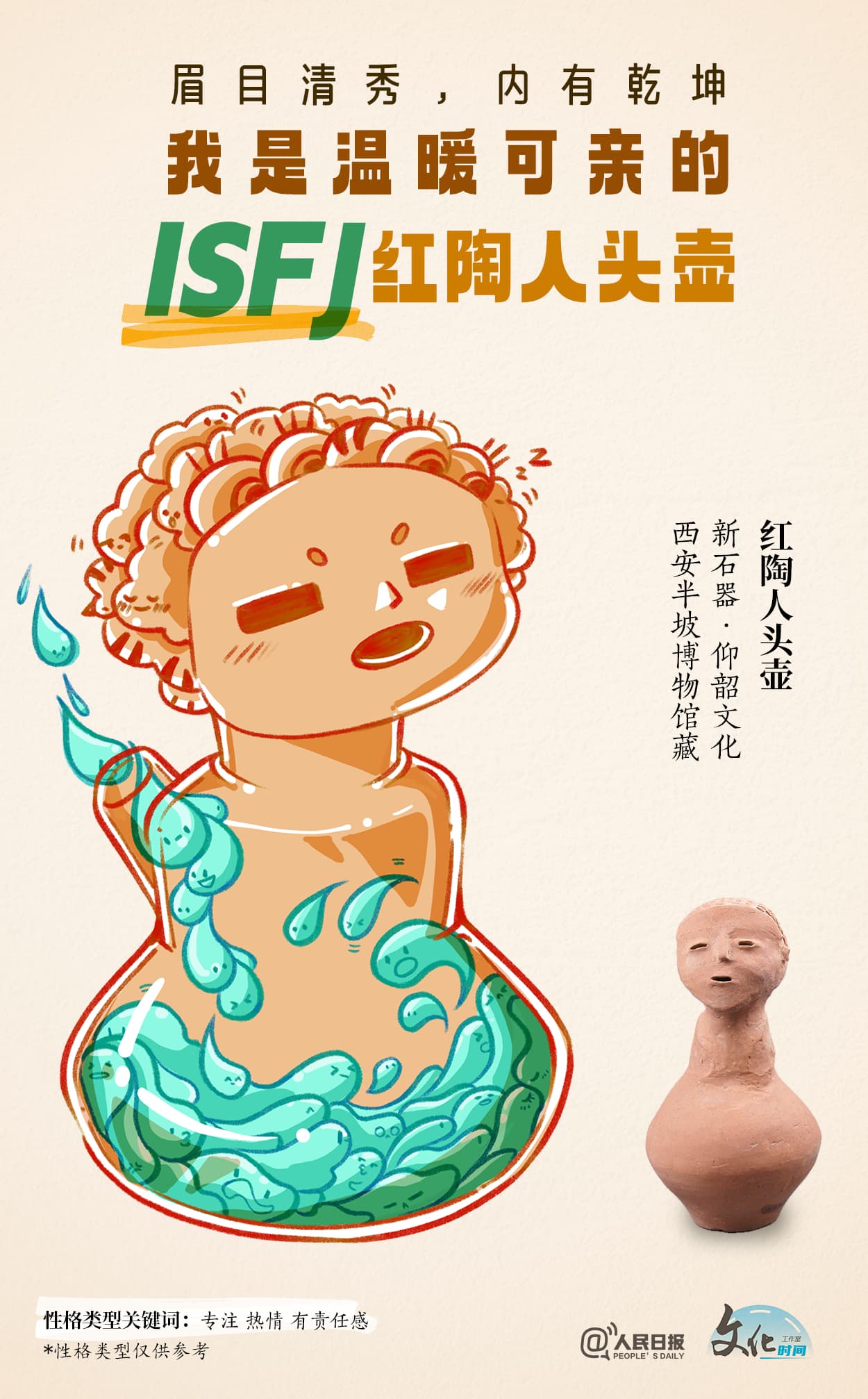Exploring China's Cultural Wealth: Recent Archaeological Discoveries and the Role of Museums in Preserving History
Title: Unveiling China's Cultural Treasures: A Look into the Country's Museums and Artifacts China's rich cultural heritage is on full display as the country celebrates the 48th International Museum Day with the theme "Museums for Education and Research." This year's celebration highlights the role of museums in promoting education and research, with a focus on the importance of preserving cultural artifacts for future generations. One of the most notable archaeological discoveries in recent years is the Wu Wang Dun tomb, the largest and most elaborate tomb from the Warring States period. The tomb is a testament to the advanced craftsmanship and cultural sophistication of the time. With over 3,000 artifacts unearthed, including wooden figurines, bronze vessels, and jade ornaments, the tomb provides valuable insights into the life and times of the ancient Chinese. The recently discovered tomb of Xu Shi Shou, a noble from the Eastern Han Dynasty, is another fascinating find. The tomb features an array of exquisite murals depicting scenes from the noble's life and the afterlife. The murals, which cover an area of over 330 square meters, are in pristine condition and provide a glimpse into the artistic and cultural achievements of the period. In addition to these tombs, there are numerous other museums and cultural institutions across China that are home to a vast collection of artifacts.

18 May 2024
The Palace Museum, also known as the Forbidden City, is one such institution that boasts a collection of over 1.8 million artifacts, including porcelain, jade, bronze, and painting and calligraphy. The museum is a treasure trove of Chinese culture and history, offering visitors a unique insight into the lives of the imperial court. Another notable museum is the National Museum of China, which houses a vast collection of artifacts from all periods of Chinese history. Highlights of the museum's collection include the Jade Dragon, a piece of jade dating back to the Neolithic period, and the bronze vessel, the Simuwu Ding, which is considered one of the finest examples of Shang Dynasty bronze work. The Shaanxi History Museum in Xi'an is yet another cultural gem that is home to a vast collection of artifacts from the Shaanxi region. The museum houses over 370,000 artifacts, including ancient bronze vessels, pottery, jade ornaments, and painting and calligraphy. The museum's collection provides a glimpse into the rich cultural heritage of the region and the country as a whole. In recent years, there has been a growing interest in museums and cultural institutions in China. This growing interest has led to an increase in the number of visitors to these institutions and a greater appreciation for China's rich cultural heritage.
According to a report by the Ministry of Culture and Tourism, there were over 1.2 billion visits to museums in China in 2019, an increase of 10.4% compared to the previous year. The Chinese government has also recognized the importance of preserving cultural heritage and has implemented measures to protect and promote the country's cultural artifacts. In 2016, the Chinese government launched the National Cultural Heritage Protection Plan, which aims to protect and preserve the country's cultural heritage for future generations. The plan includes measures to strengthen the protection of cultural relics, promote the development of cultural and creative industries, and enhance public awareness and appreciation of cultural heritage. In conclusion, China's museums and cultural institutions are home to a vast collection of artifacts that provide valuable insights into the country's rich cultural heritage. The recent discoveries of the Wu Wang Dun tomb and the Xu Shi Shou tomb, as well as the growing interest in museums and cultural institutions, are a testament to the importance of preserving and promoting cultural heritage. With the Chinese government's efforts to protect and promote cultural heritage, future generations will be able to appreciate and learn from the country's rich cultural heritage for years to come.





